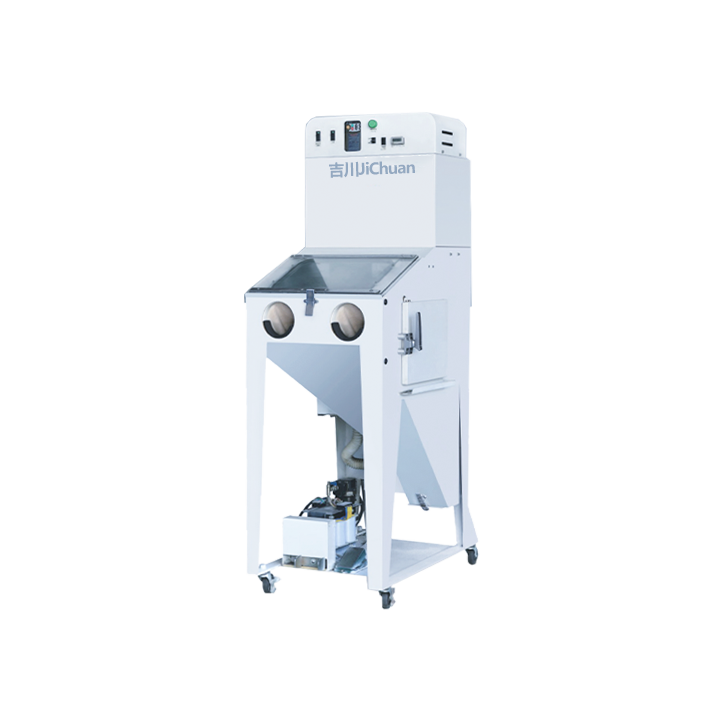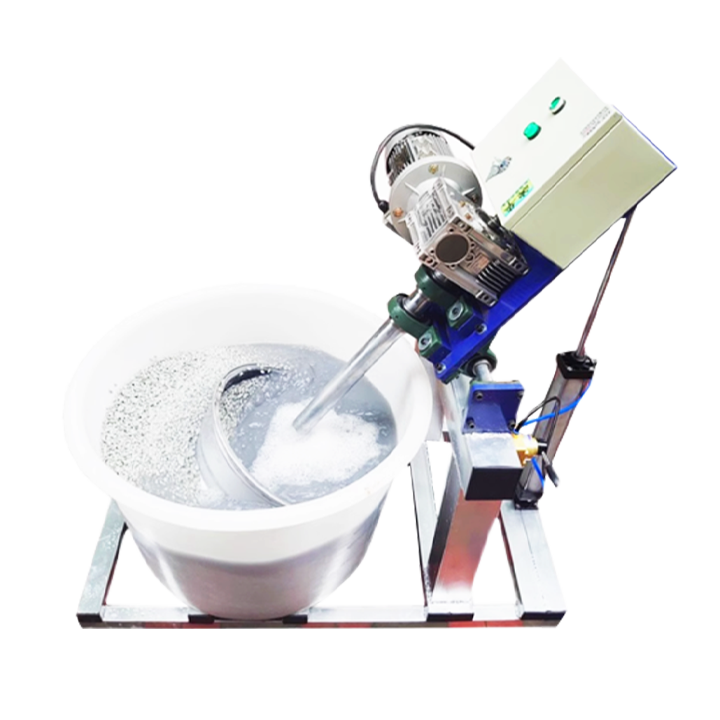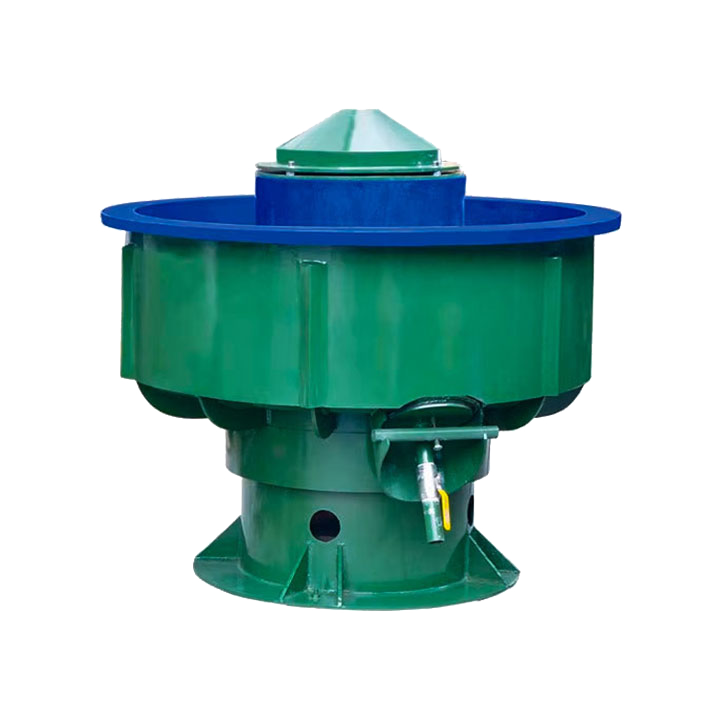Abrasive Flow Machine (AFM)

AFM Features
Machine for Solving Complex Polishing

Adapt to complex shapes
Flexible contact, can fill any shape of gaps and holes under pressure
Even polishing
Adjustable polishing intensity, consistent cutting force on the surface
Batch Processing
Dozens to hundreds of parts can be processed at a time.
Super fine surface
Ra can reach 0.01μm (mirror grade), improving the smoothness.

The Abrasive Flow Machine (AFM) is the only machine that can simultaneously polish inner holes, curved surfaces, and blind holes.
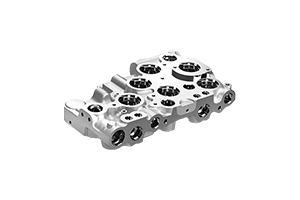
Inner hole
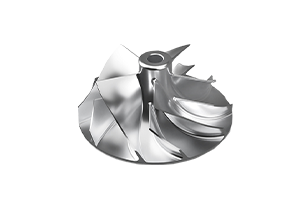
Irregular shape
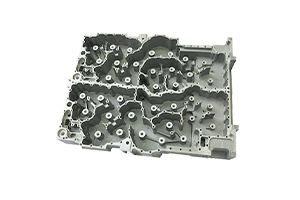
Complex Structure
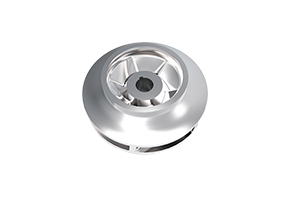
Internal Curved Surface
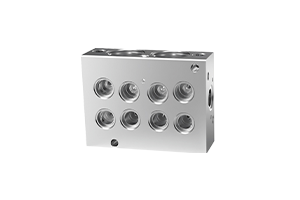
Cross hole
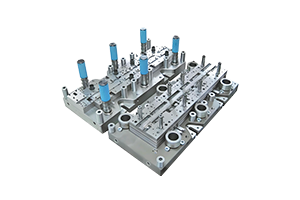
Mould
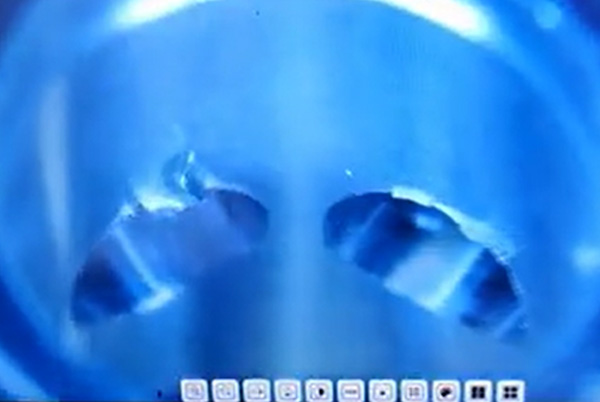
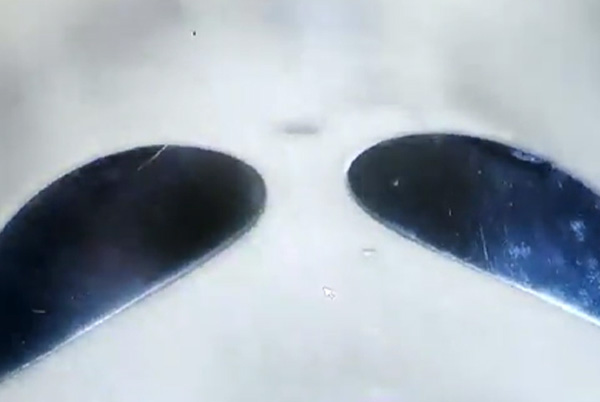
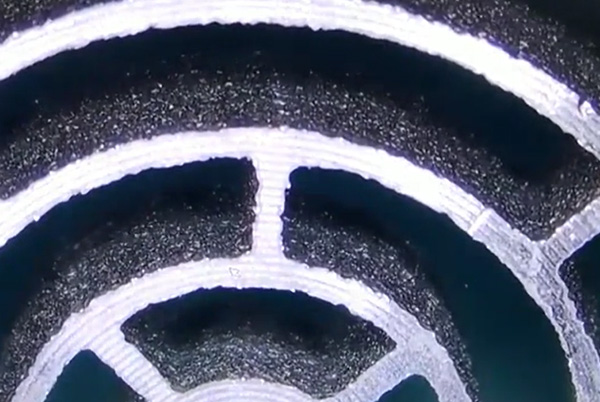
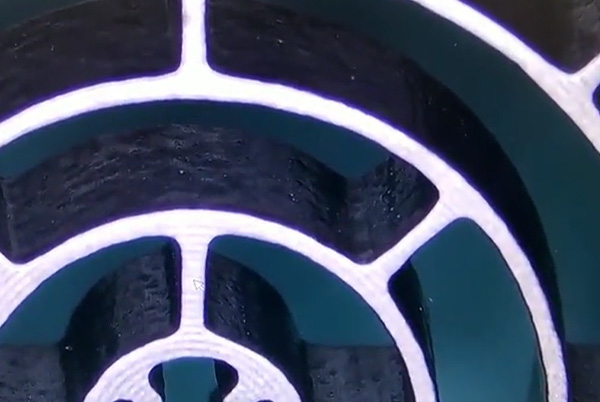
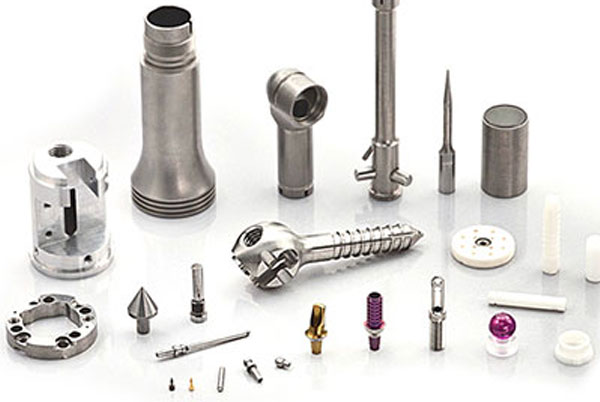
Medical Parts
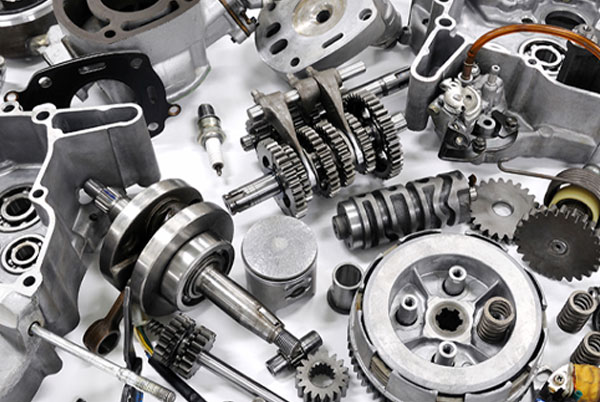
Abrasive Flow Machining of Automobile Parts
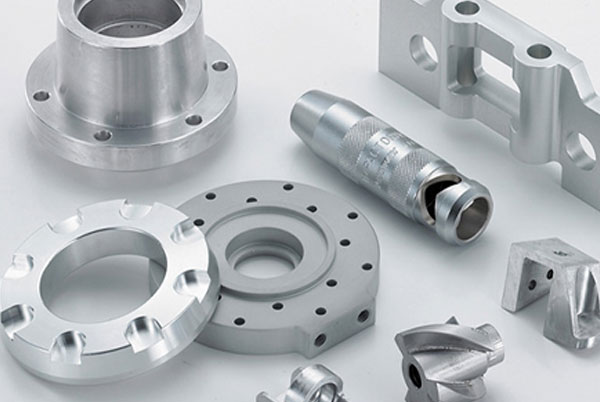
Abrasive Flow Machining of Aerospace Parts
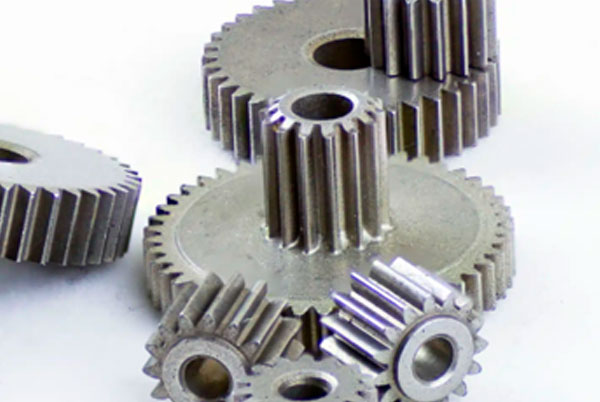
Gear Abrasive Flow Machining
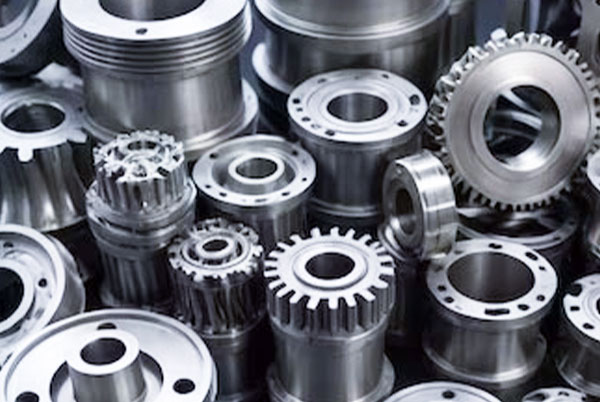
Fluid polishing of precision parts
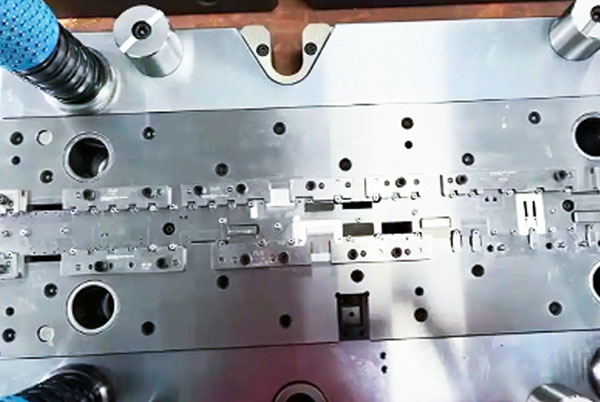
Mold Fluid Polishing
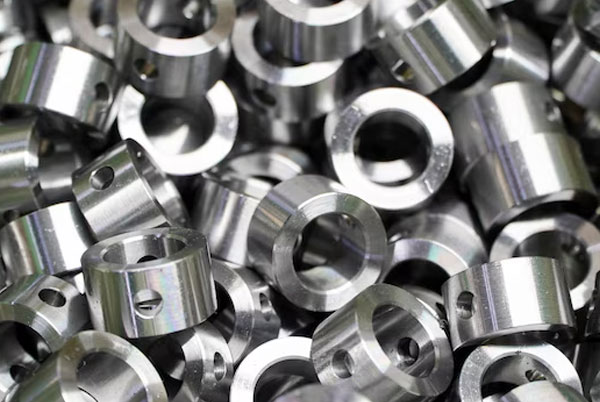
Semiconductor Parts

Extrusion Molds
History of Abrasive Flow Machine (AFM)
The Abrasive Flow Machine (AFM), developed in the 1960s for aerospace applications, uses a viscoelastic medium with abrasives to polish complex parts, such as inner and cross holes, that traditional methods cannot reach.
Over time, Abrasive Flow Machine (AFM) has evolved from manual operations to CNC automation, now widely used in industries like medical equipment, automotive molds, and precision gears. Today, theAbrasive Flow Machine (AFM) can process tough materials such as stainless steel and titanium alloys, achieving a mirror finish with Ra≤0.1μm, making it essential for producing high-value parts.


